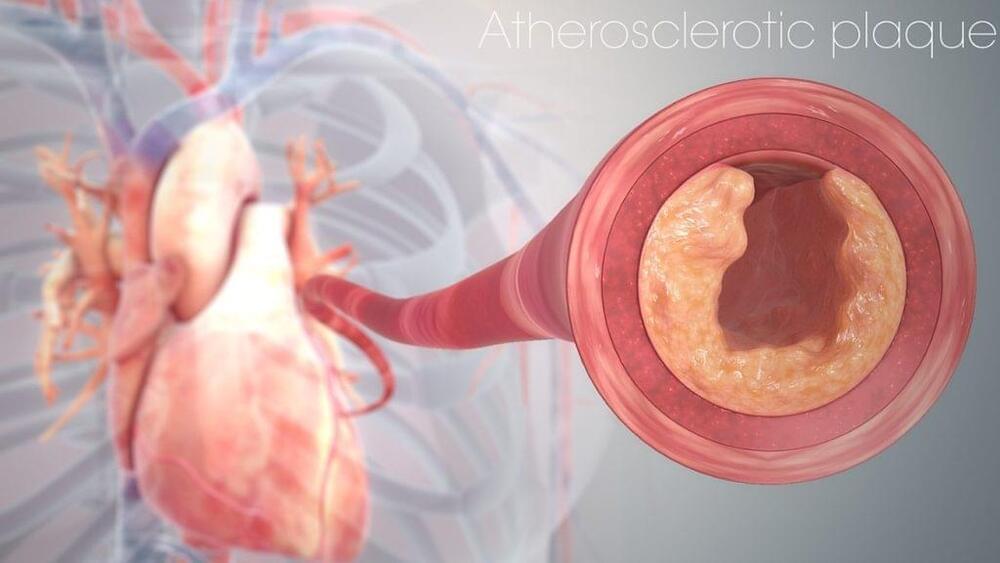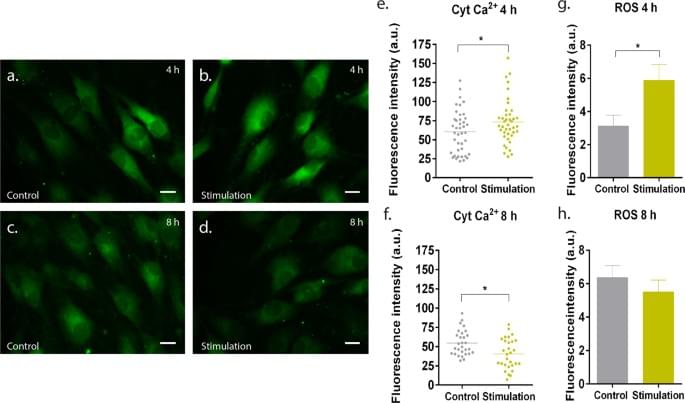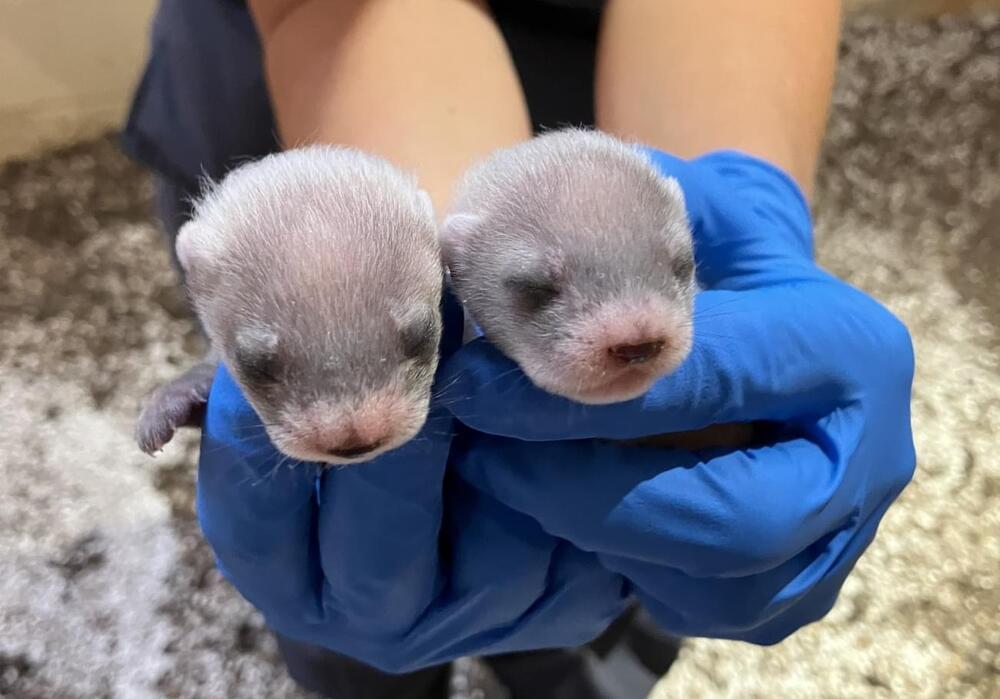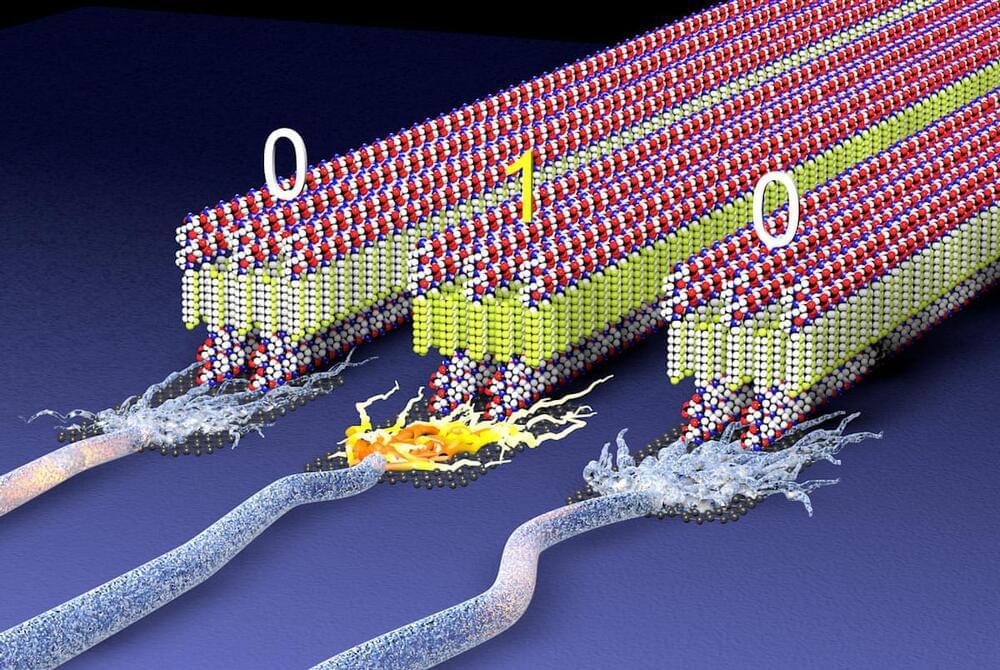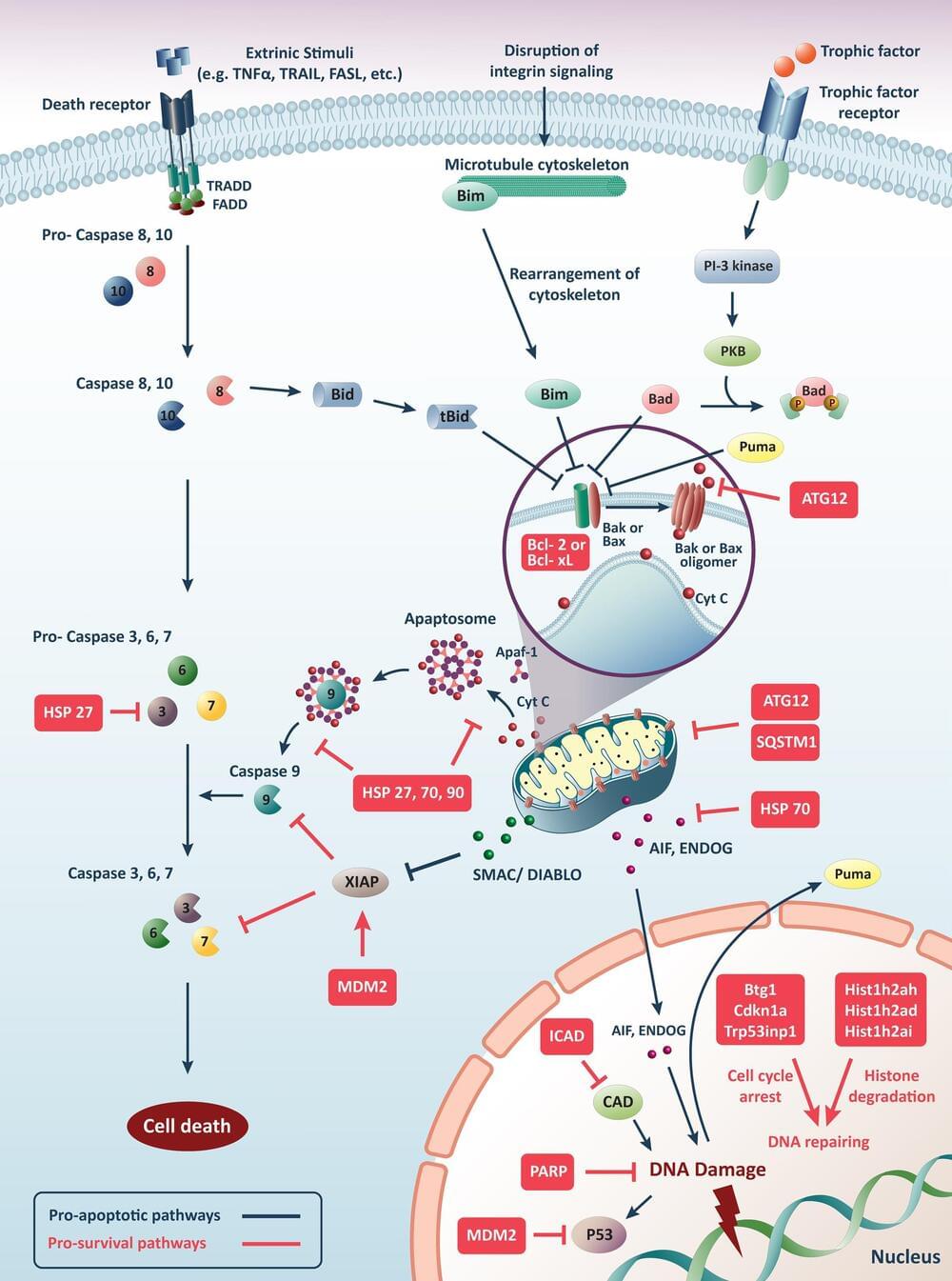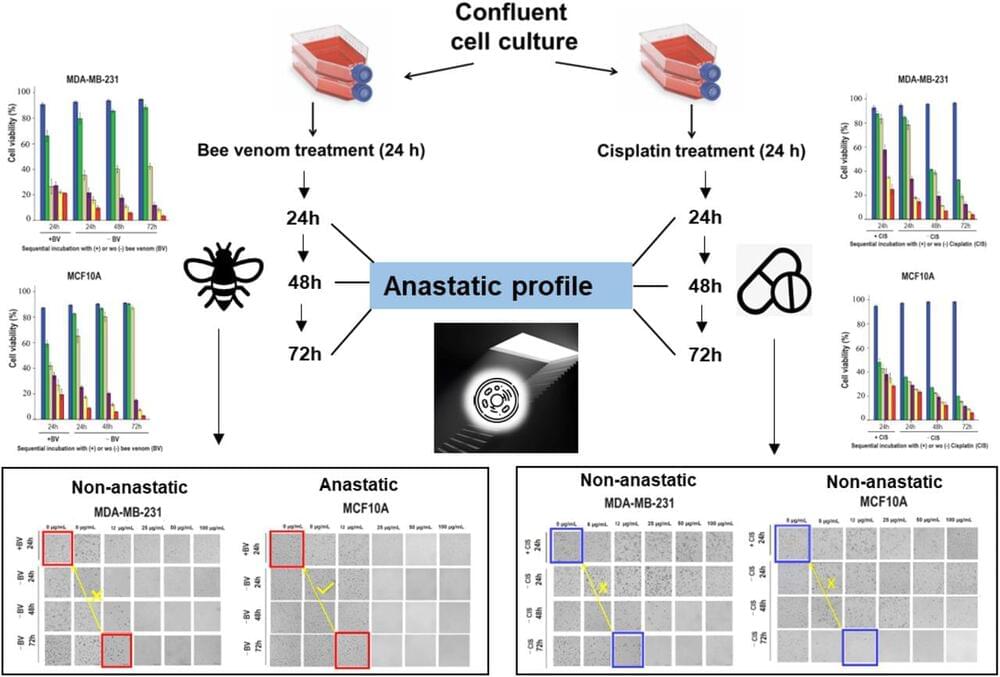Breast cancer is the leading cause of cancer-associated death for women worldwide. While chemotherapy is the mainstream treatment for breast cancer, more than 50% of women undergoing chemotherapy will experience at least one chemotherapy-related adverse side effect. Sometimes, the side effects could be so severe that patients need to terminate treatment early or doctors have to reduce the chemo dosage, and this could worsen their disease. Prolonged exposure to high doses of chemotherapeutic agents could also result in resistance to chemotherapy.
A team of researchers from the National University of Singapore (NUS) is pioneering a novel magnetic therapy — delivered using the OncoFTX System — that serves as an effective companion therapy to chemotherapy to enhance treatment outcome for breast cancer.
Our magnetic technology stimulates cellular oxygen respiration to produce energy. In certain cancers with elevated respiratory rates — such as breast tumors — the magnetic pulses cause the cancer cells to ‘hyperventilate’ and die. Fortunately, the healthy tissues near the cancer are able to tolerate the increased respiratory rate, without ill consequences. Therefore, the OncoFTX System is more selective for cancer than conventional chemotherapy or radiotherapy. Importantly, this therapy is localized, non-invasive and painless.

